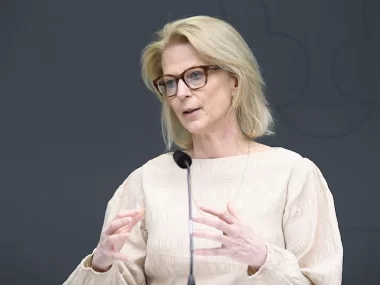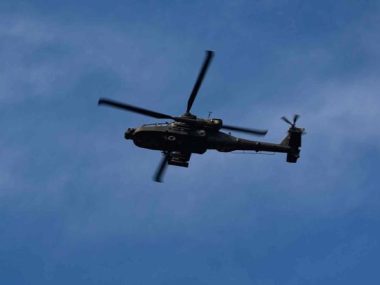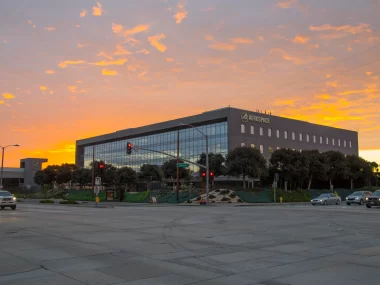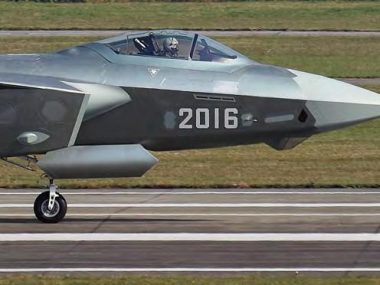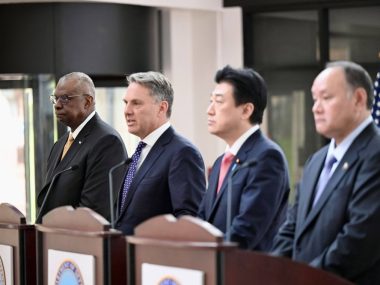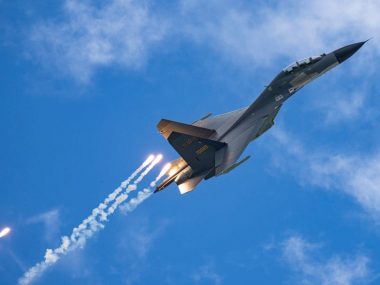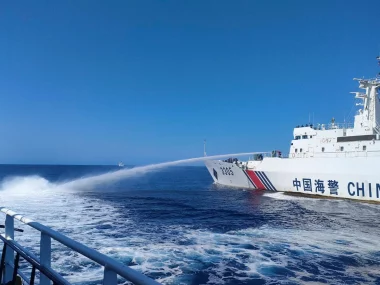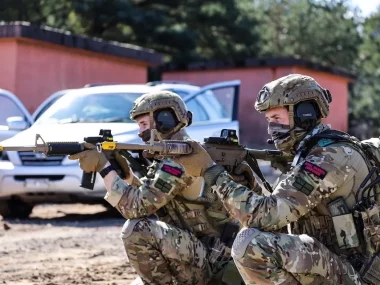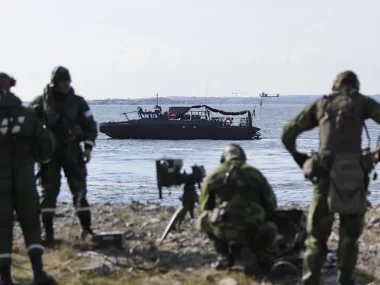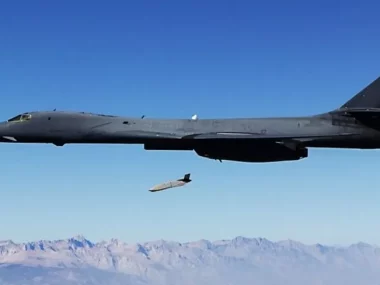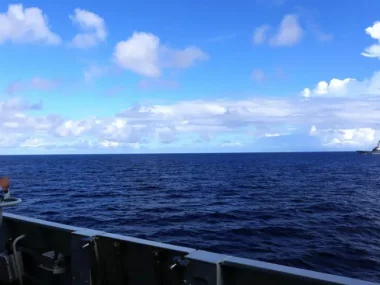|
Neubauer Coporation
Getting your Trinity Audio player ready...
|
The Starliner crew members, veteran NASA astronauts Butch Wilmore and Sonny Williams, took their positions on Saturday morning in the Starliner capsule.
Ten years ago, NASA requested two new vehicles from the American companies Boeing and SpaceX to transport their astronauts to the International Space Station, in order to stop relying on Russian vehicles.
While SpaceX has been playing the role of carrier into space for 4 years, Boeing has faced a series of setbacks that have led to years of delay.
After the American company recently suffered safety-related problems in its civilian aircraft, it is betting on its reputation on this test mission, which is supposed to prove that its vehicle is safe, before starting its regular missions to the International Space Station.
This mission is also of great importance to NASA, as providing a second vehicle will allow it to better manage any emergency situations that may occur.
“Small leak”
At the beginning of last month, the launch of the Starliner was canceled at the last minute, while the two astronauts were in their launch position inside the vehicle, due to a problem with the rocket valve, which was later repaired.
A limited leak of helium was then detected in the vehicle, but Boeing and NASA decided not to repair this malfunction, because this would require separating the Starliner from the launch pad.
“We believe we can manage this leak by monitoring it before takeoff, and even if it increases during the flight,” Steve Stich, head of NASA’s commercial manned spaceflight program, said on Friday.
This setback is the latest in a series of unpleasant surprises that Boeing has faced.
In 2019, during the first unmanned test, the capsule did not take its correct course, and returned to Earth without reaching the International Space Station.
In 2021, while the rocket was on the launch pad, malfunctions occurred that prevented the capsule’s valves from working, causing another postponement of the mission, and the vehicle finally succeeded in arriving empty to the International Space Station in May 2022.
Other problems were later observed, especially with the parachutes that slowed down the capsule during its return to the atmosphere, which once again caused the postponement of the first manned flight.
The Starliner is scheduled to dock with the International Space Station on Sunday, on a mission that will last about a week, before the two astronauts return to Earth.
Butch Wilmore (61 years old) and Sonny Williams (58 years old) previously visited the space station twice, by space shuttle, and then by a Russian Soyuz spacecraft, but this time their mission will be to test an entirely new vehicle.
The two astronauts, both from the US Navy, participated in the vehicle’s development process, and once they arrive in space, the two astronauts will manually drive the vehicle.
The vehicle also carries equipment that was added at the last minute, enough to repair the system that allows astronauts’ urine to be recycled and converted into water. One of the pumps suddenly stopped working this week, and urine must be stored in the vehicle pending repair, knowing that its capacity is limited.
A bunch of vehicles
Only a few American vehicles have previously transported astronauts.
After the space shuttle program was discontinued in 2011, NASA astronauts relied on Russian Soyuz vehicles. In 2014, the agency signed contracts for fixed amounts with SpaceX ($2.6 billion) and Boeing ($4.2 billion) to develop the two spacecraft.
SpaceX surpassed Boeing by transporting astronauts for the first time in one of its vehicles to the space station in 2020, and once the Starliner is operational, NASA wants to alternate between SpaceX and Boeing vehicles to transport astronauts to the station.
As the International Space Station approaches retirement in 2030, SpaceX and Boeing vehicles will be used to transport humans to future private space stations, which many companies have begun planning to build.


